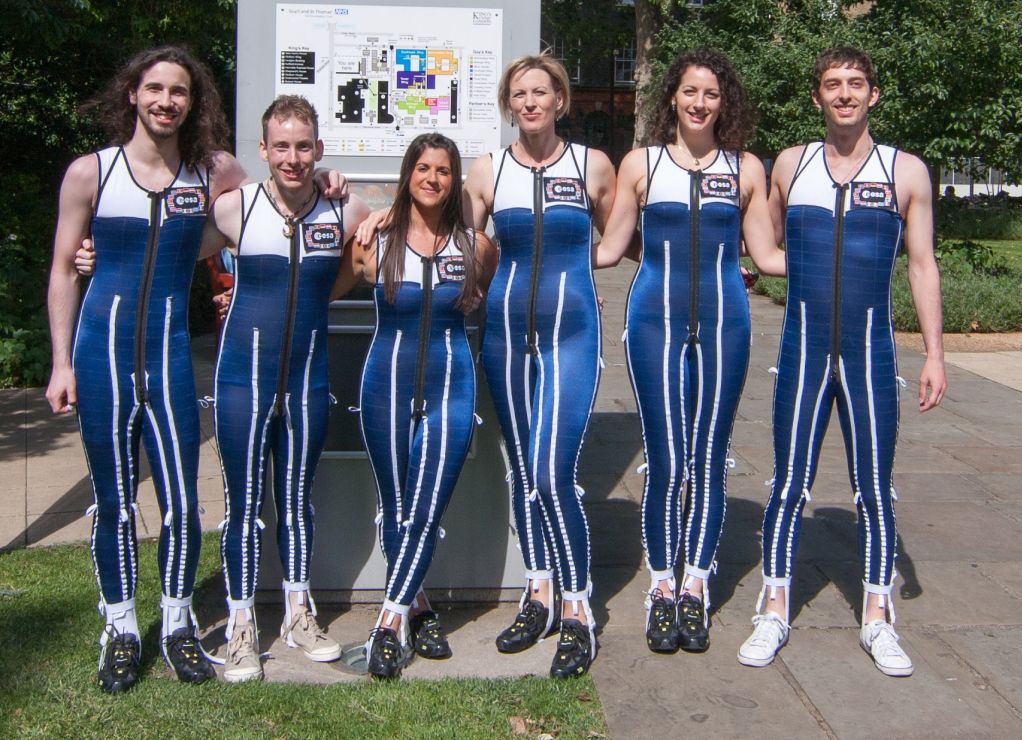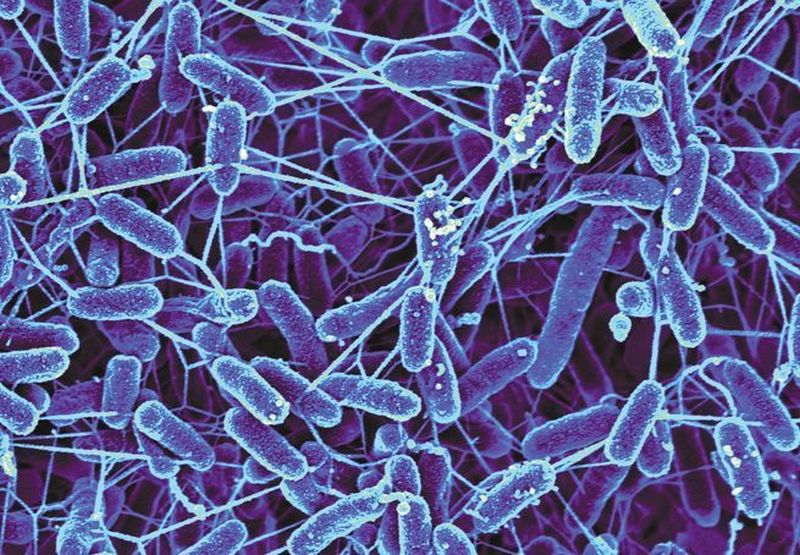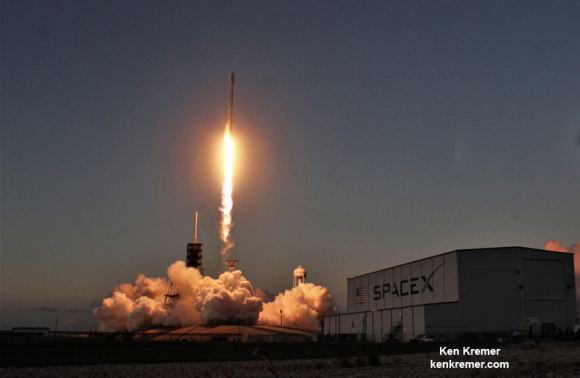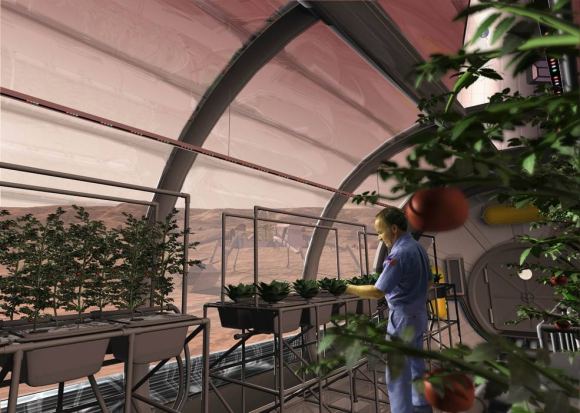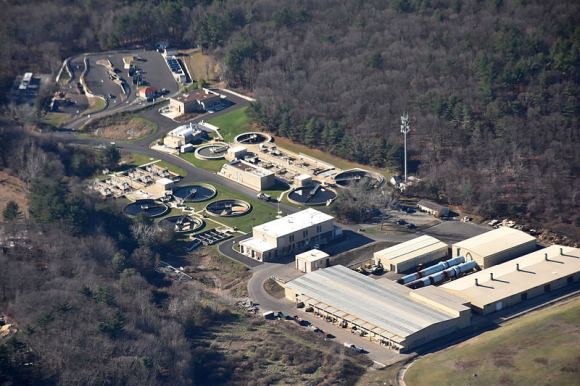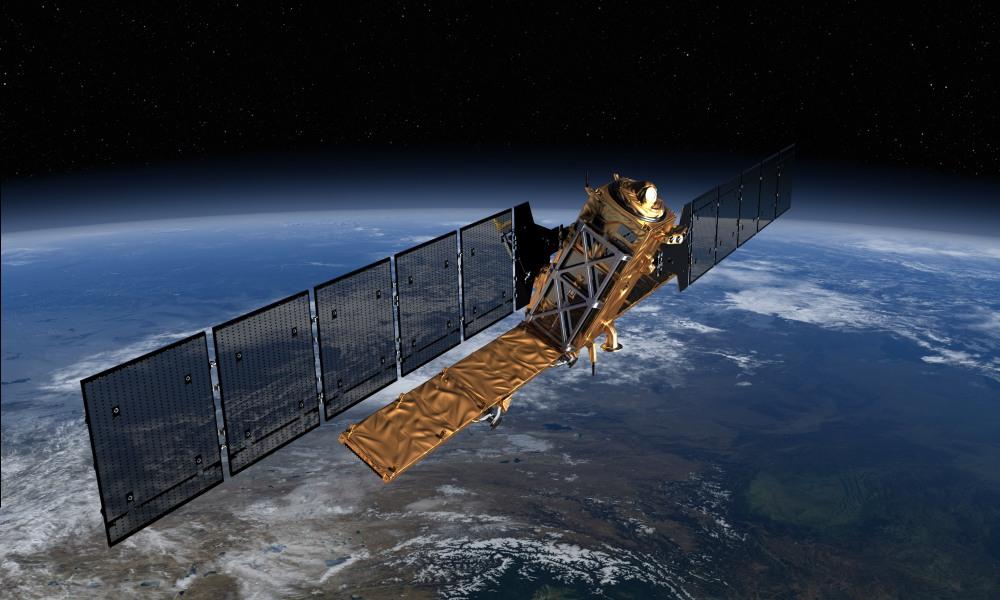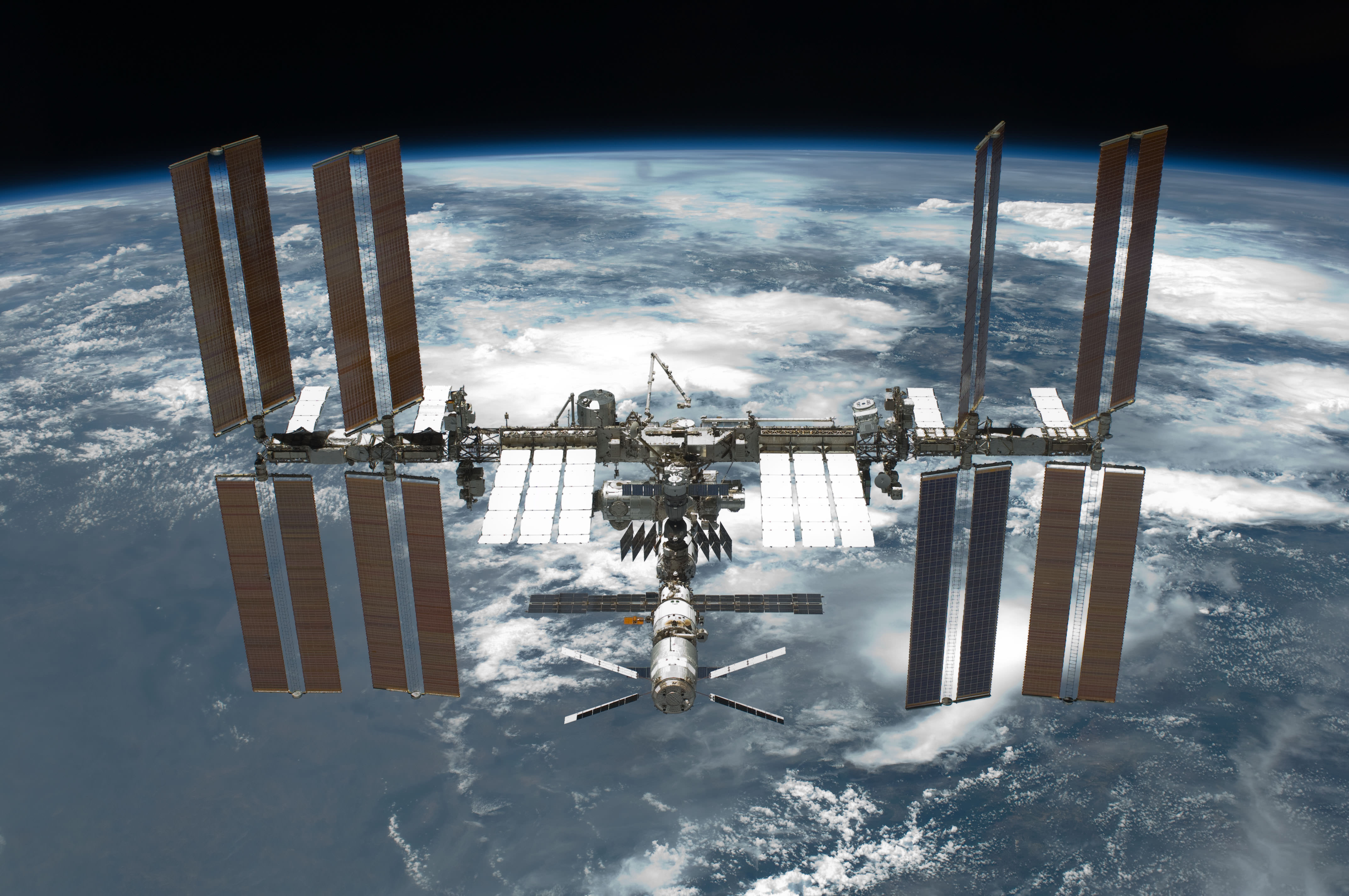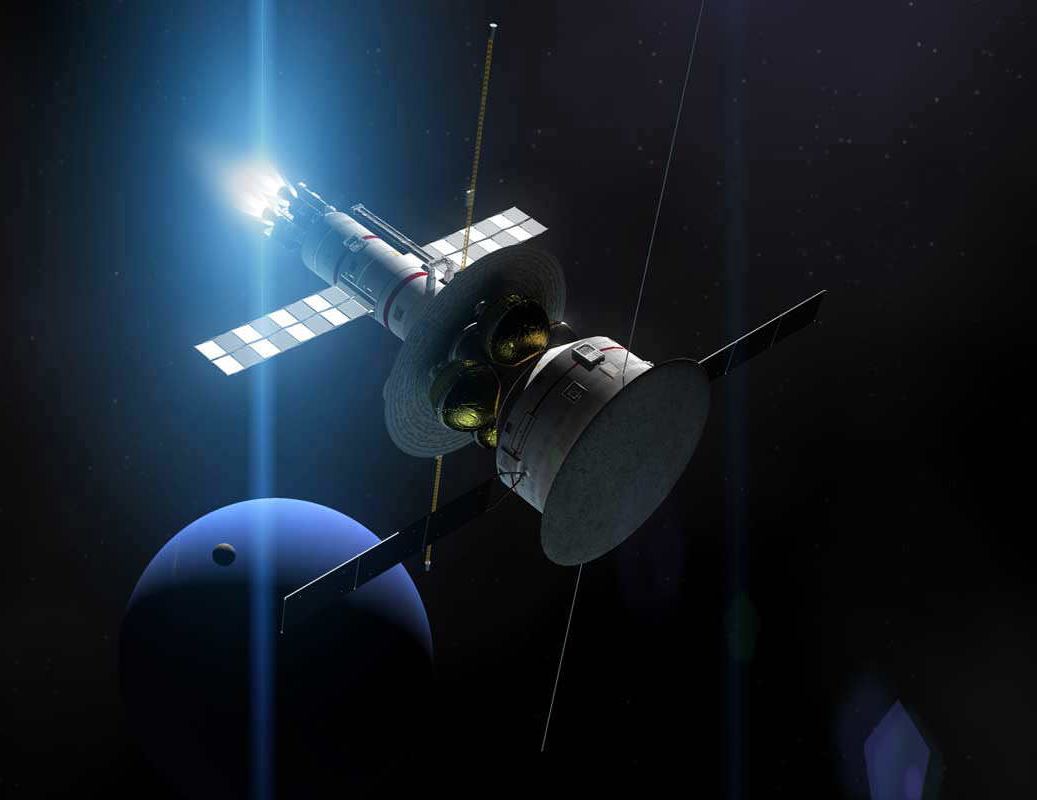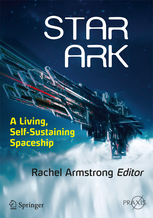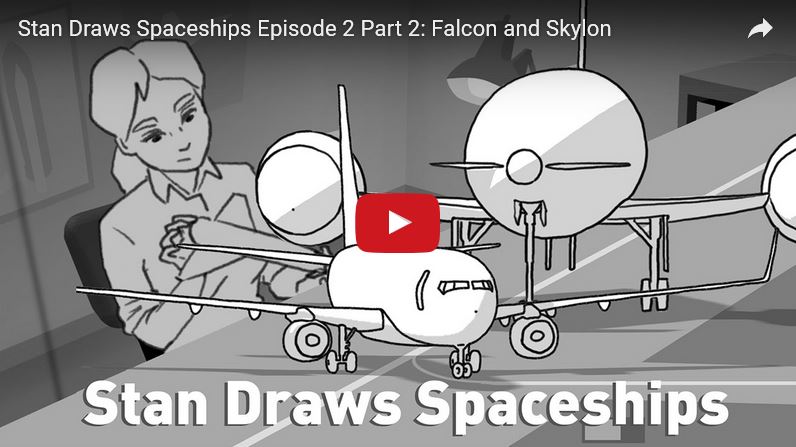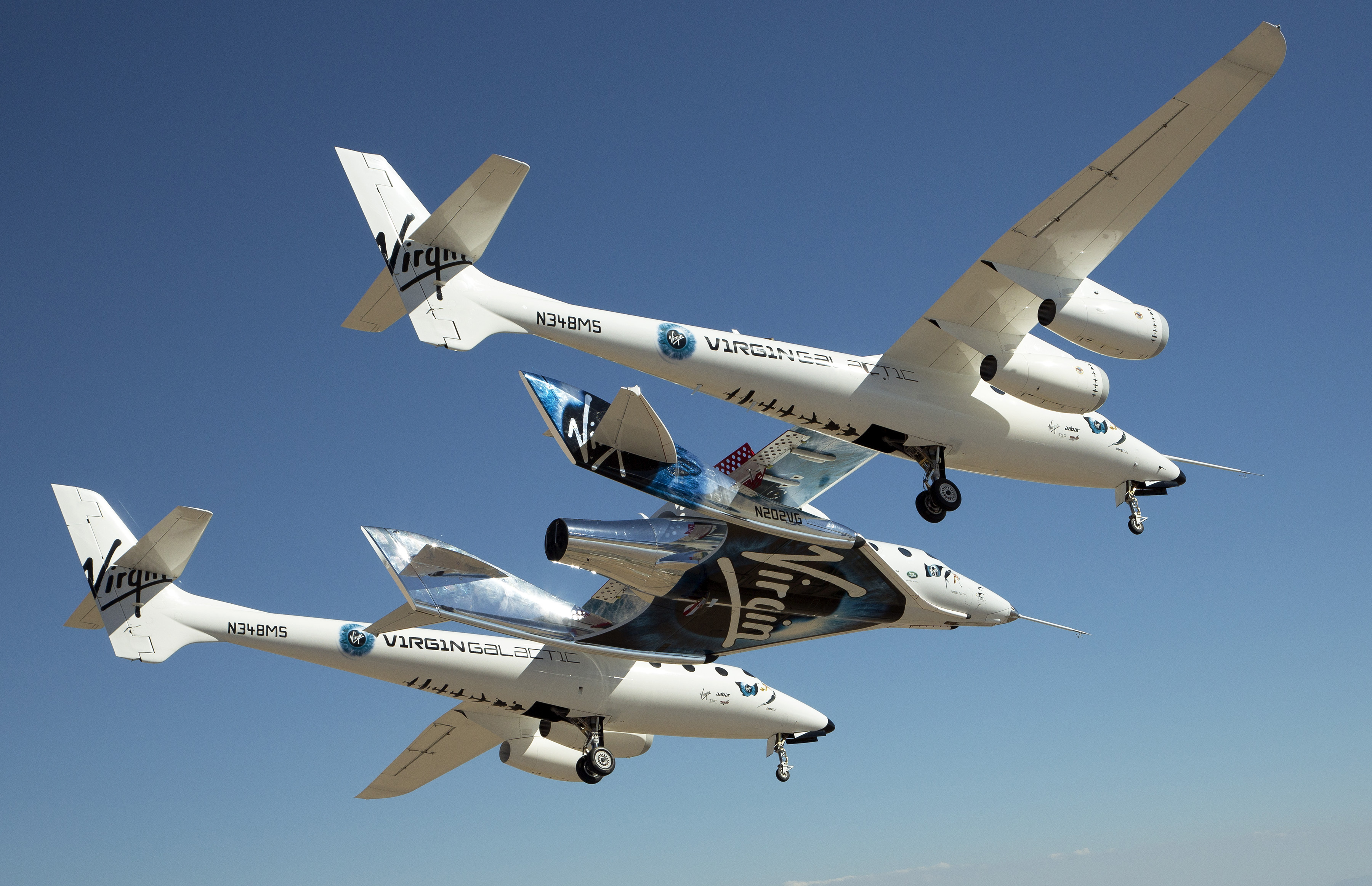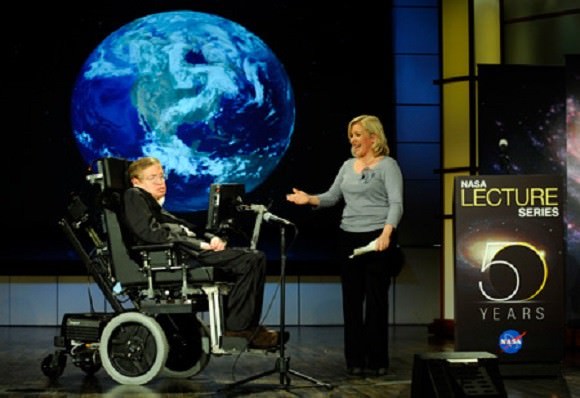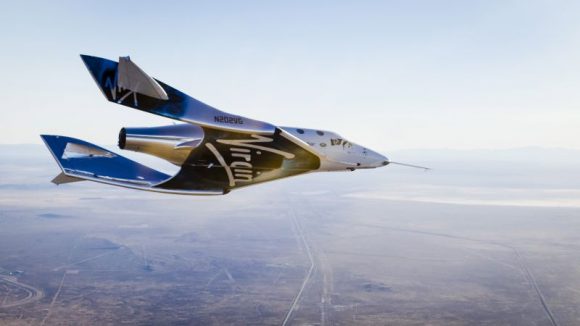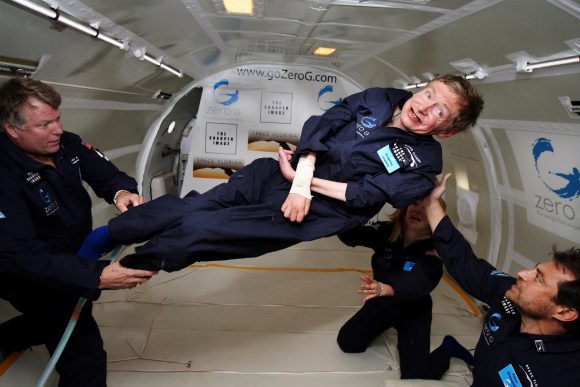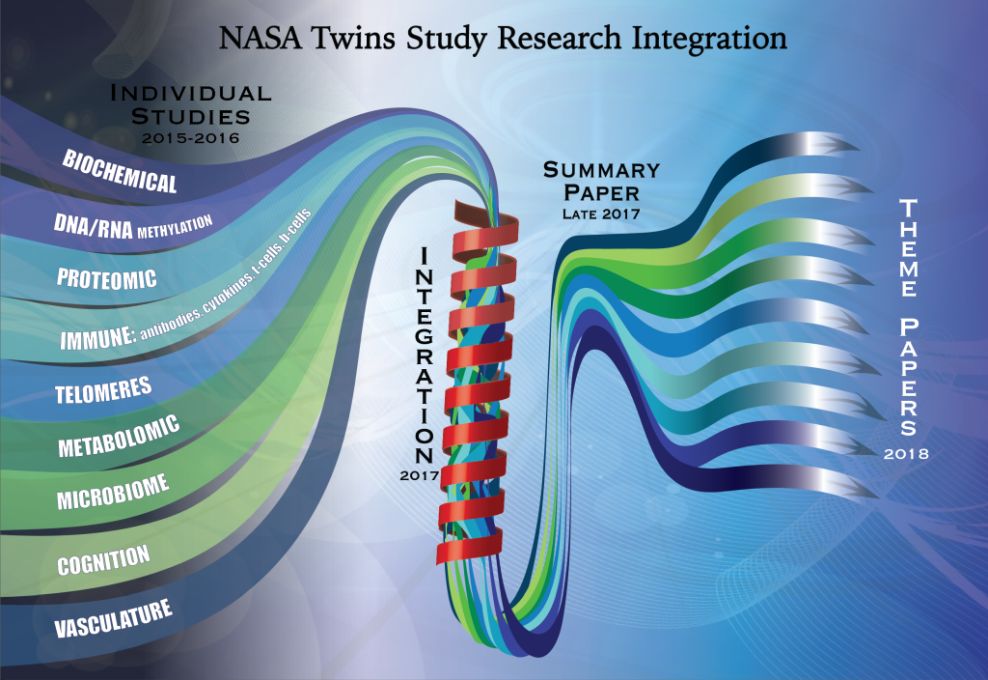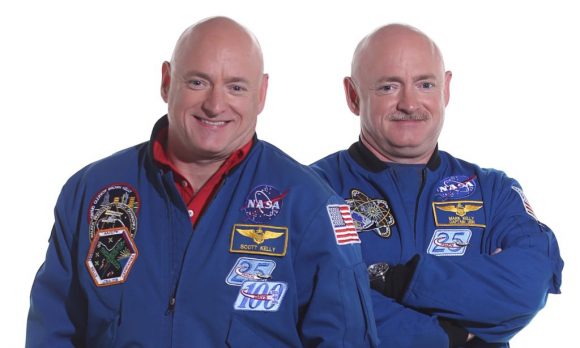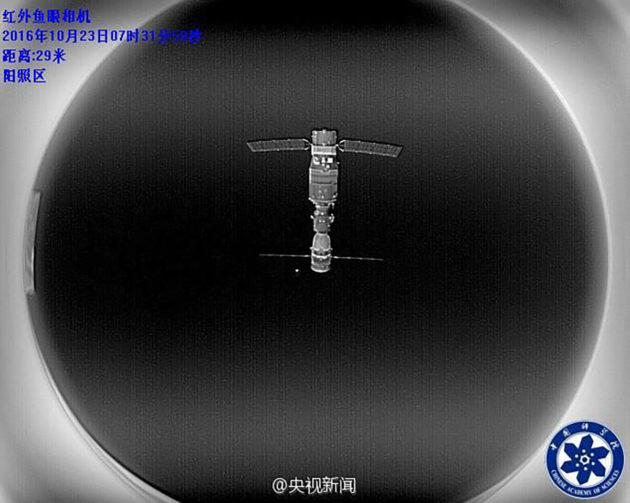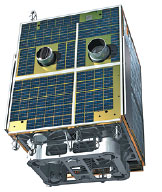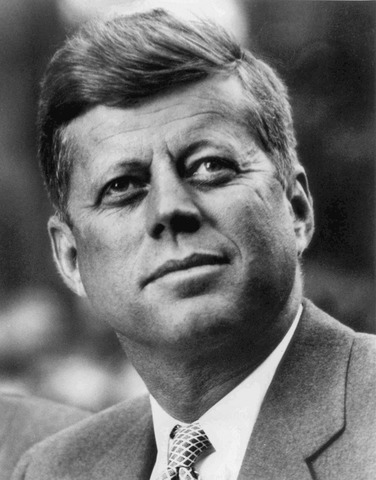The microgravity in space causes a number of problems for astronauts, including bone density loss and muscle atrophy. But there’s another problem: weightlessness allows astronauts’ spines to expand, making them taller. The height gain is permanent while they’re in space, and causes back pain.
A new SkinSuit being tested in a study at King’s College in London may bring some relief. The study has not been published yet.
The constant 24 hour microgravity that astronauts live with in space is different from the natural 24 hour cycle that humans go through on Earth. Down here, the spine goes through a natural cycle associated with sleep.
Sleeping in a supine position allows the discs in the spine to expand with fluid. When we wake up in the morning, we’re at our tallest. As we go about our day, gravity compresses the spinal discs and we lose about 1.5 cm (0.6 inches) in height. Then we sleep again, and the spine expands again. But in space, astronauts spines have been known to grow up to 7 cm. (2.75 in.)
Study leader David A. Green explains it: “On Earth your spine is compressed by gravity as you’re on your feet, then you go to bed at night and your spine unloads – it’s a normal cyclic process.”
In microgravity, the spine of an astronaut is never compressed by gravity, and stays unloaded. The resulting expansion causes pain. As Green says, “In space there’s no gravitational loading. Thus the discs in your spine may continue to swell, the natural curves of the spine may be reduced and the supporting ligaments and muscles — no longer required to resist gravity – may become loose and weak.”
The SkinSuit being developed by the Space Medicine Office of ESA’s European Astronaut Centre and the King’s College in London is based on work done by the Massachusetts Institute of Technology (MIT). It’s a spandex-based garment that simulates gravity by squeezing the body from the shoulders to the feet.
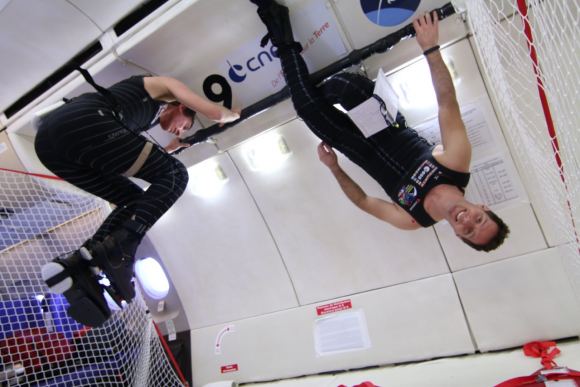
The Skinsuits were tested on-board the International Space Station by ESA astronauts Andreas Mogensen and Thomas Pesquet. But they could only be worn for a short period of time. “The first concepts were really uncomfortable, providing some 80% equivalent gravity loading, and so could only be worn for a couple of hours,” said researcher Philip Carvil.
Back on Earth, the researchers worked on the suit to improve it. They used a waterbed half-filled with water rich in magnesium salts. This re-created the microgravity that astronauts face in space. The researchers were inspired by the Dead Sea, where the high salt content allows swimmers to float on the surface.
“During our longer trials we’ve seen similar increases in stature to those experienced in orbit, which suggests it is a valid representation of microgravity in terms of the effects on the spine,” explains researcher Philip Carvil.
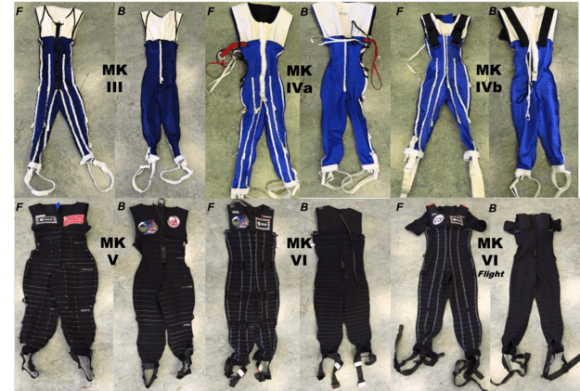
Studies using students as test subjects have helped with the development of the SkinSuit. After lying on the microgravity-simulating waterbed both with and without the SkinSuit, subjects were scanned with MRI’s to test the SkinSuit’s effectiveness. The suit has gone through several design revisions to make it more comfortable, wearable, and effective. It’s now up to the Mark VI design.
“The Mark VI Skinsuit is extremely comfortable, to the point where it can be worn unobtrusively for long periods of normal activity or while sleeping,” say Carvil. “The Mk VI provides around 20% loading – slightly more than lunar gravity, which is enough to bring back forces similar to those that the spine is used to having.”
“The results have yet to be published, but it does look like the Mk VI Skinsuit is effective in mitigating spine lengthening,” says Philip. “In addition we’re learning more about the fundamental physiological processes involved, and the importance of reloading the spine for everyone.”

